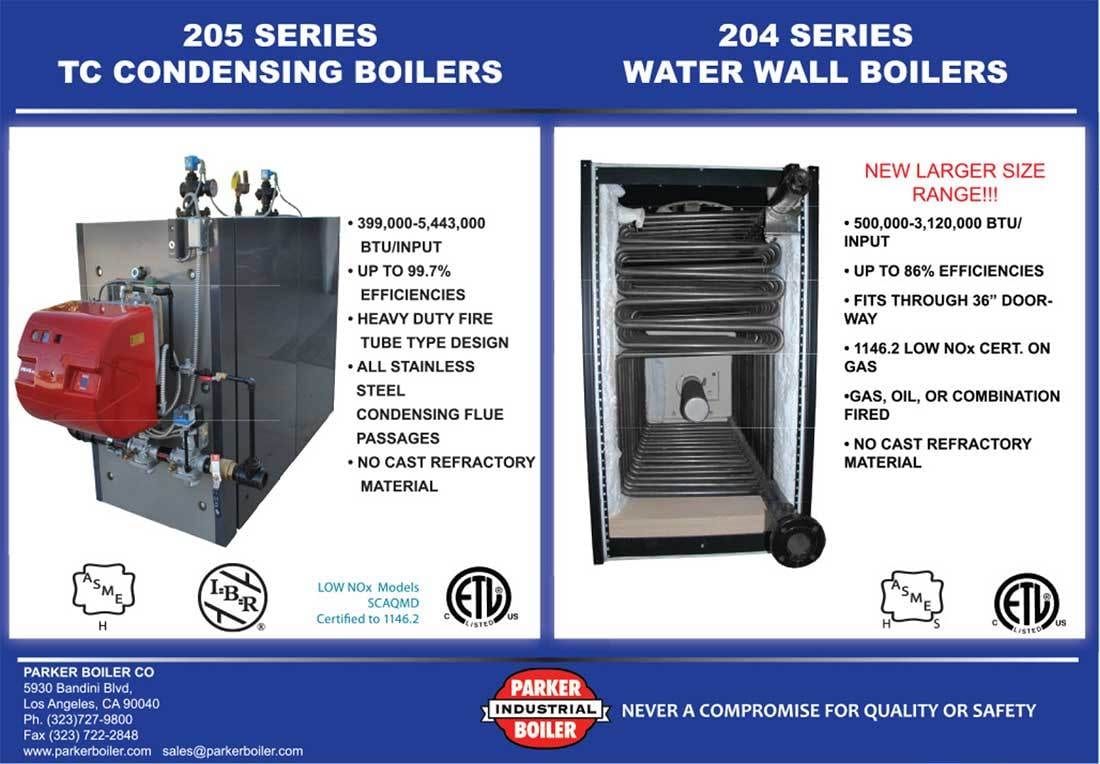
Commissioning
Top 10 Elements of Commissioning — No. 6: O&M Participation
Regardless of how automated a system is, its optimal operation will depend on monitoring and human intervention.
SCROLL
There are two primary reasons building owners find value in the commissioning process. First, successful third-party commissioning delivers a high level of confidence that the building systems meet the owner’s requirements at the end of a design and construction project. Second, commissioning can help set the stage for the owner to continue realizing high performance from the systems long after project closeout.
In my Top 10 Elements of Commissioning list, No. 7 was systems documentation, and No. 8 was systems training. Those are two of the three elements associated with long-term, sustainable operation. This month, No. 6, owner’s operation and maintenance (O&M) participation, is the third.
Regardless of how automated a system is, its optimal operation will depend on monitoring and human intervention. Every piece of hardware will eventually fail, some sooner than others, and will require a person to repair or replace it. Although automated fault detection is evolving, a vast majority of building systems still require monitoring by humans in order to understand when a failure has occurred.
O&M personnel need to intimately understand the systems they are tasked to operate and maintain. This is necessary in order to recognize when the systems are not performing properly and diagnose why. Every new building system will have unique features, performance requirements, and/or sequences of operation. O&M staff cannot assume new systems are the same as similar systems they’ve seen in other buildings.
The best way to get to know the new systems is to participate as much as practical in the commissioning process. This takes time and attention at each phase of a project.
During the design phase, the O&M team should be involved in reviewing the proposed new systems, components, and sequences of operation. There is always more than one way to achieve a performance goal, and if the future operating personnel have a preference, this would be the best time to bring it to an engineer’s attention. The commissioning professional should actively encourage O&M participation in design review meetings, help reach out to O&M leaders if there are questions about preferences, and clearly explain unusual or cutting-edge technologies or operating strategies proposed by the design team. The more involvement the O&M staff has in the design and development of the new systems, the more buy-in they are likely to have when taking responsibility for them.

FIGURE 1. The best way to get to know the new systems is to participate as much as practical in the commissioning process.
Photo by Taylor Nicole on Unsplash
During the construction phase, the O&M team should be included in controls integration meetings to learn about and provide input into the final sequences of operation and intersystem communications. These are invisible system elements that are critically important to future performance, and the earlier the O&M staff start hearing about them, the easier they will be to remember at building turnover.
During the acceptance phase, the commissioning professional needs to prepare a functional performance test schedule to share with the O&M team. The schedule should identify when each system will be tested and where. Because of the fluidity of the testing process, the schedule will probably need to be updated every day. In this way, the appropriate O&M representatives can at least witness, if not participate in, the functional testing. This is the best way to learn the new systems, where their components are located, how they are intended to operate, and what idiosyncrasies they may have.
Finally, of course, when it comes to the training phase, O&M leadership must make attendance at equipment and systems training a top priority. On the other hand, commissioning professionals and installation contractors must make the training meaningful and efficient.
There is always room for improvement in the level of effort commissioning professionals put into engaging the O&M staff. However, O&M management also has a responsibility to make new systems input, familiarity, and training a top priority for their people.
When the time comes to engage in scheduled commissioning activities, the O&M staff are almost invariably “too busy” to participate. Their priorities are set by management, and O&M managers are focused on regular, day-to-day activities and crises that need to be addressed immediately. It’s understandable that operating and maintaining existing systems must go on. However, it is short-sighted to neglect learning about the new systems. That will only lead to more time being spent in the near and distant future working on, trying to figure out, and simply bumbling along on equipment and systems the operators do not understand.
The combination of O&M participation in commissioning (No. 6), systems documentation (No. 7), and systems training (No. 8) are intended to encourage O&M team buy-in and increase understanding of the new systems in order to hit the ground running when the systems are turned over to them to operate and maintain.
Rebecca T. Ellis, P.E., CXA, CCP, BCxP
Rebecca Ellis is president of Questions & Solutions Engineering Inc. in Chaska, Minnesota. Email her at rebecca.ellis@qseng.com.
WWW.ESMAGAZINE.COM/ELLIS
Use this handy shortcut to see Rebecca’s entire online archive of commissioning insights.

